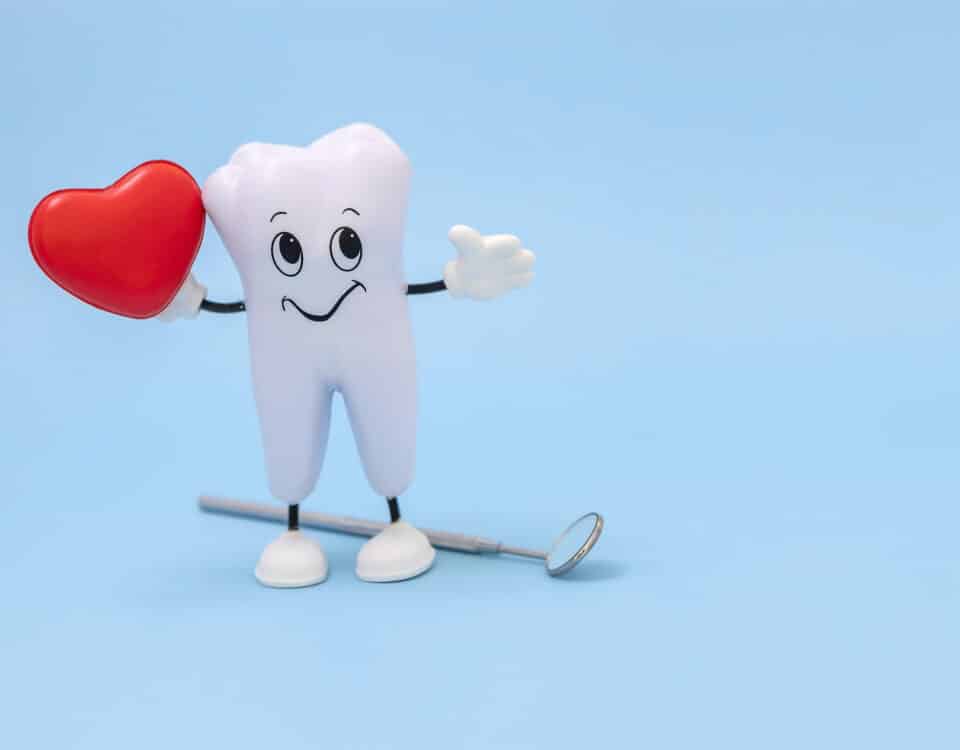What Happens When You Don’t Brush and Floss Your Teeth?
July 24, 2019Preparing For A Dental Implant
August 8, 2019
Many patients will experience tooth decay during their lifetime, and fillings are one of the best ways to treat it. Cavities develop whenever acid on teeth dissolve enamel, causing pain. Fillings help restore teeth to their former health by laying down composite resins, layer by layer, into the tooth to resolve the holes caused by a cavity. This process protects teeth from further damage and safeguards them for future use. Find out how fillings can improve your oral health with this guide!
What Is A Dental Filling?
At various times in our lives, our teeth may experience a cavity or two, which will require a dental filling. Cavities are little holes in your teeth that form from tooth decay and can be very painful. The most common method for treating cavities is through a filling, which fill in the holes caused by the cavity so that your tooth can have its function and shape restored. Bacteria can continue to enter into a decayed tooth, causing even more problems in the future. Fillings work to close off these areas so that bacteria can no longer enter. What’s nice about fillings is that you can choose from a variety of different types to fit your needs and wants, including tooth-colored fillings that match your other teeth. In the past, patients could only choose silver fillings that were easily identifiable by others, making them unattractive and undesirable. Nowadays, though, patients have more options than ever to treat a cavity without anyone knowing. In this way, patients have more autonomy to control what type of treatment they receive.
Different Types of Fillings
Depending on your needs, wants and how much you’re willing to pay, you have multiple options to choose from when it comes to a dental filling. If you would like to go the traditional route, you can opt in for amalgam (silver) fillings that are inexpensive and last for 10 to 15 years. However, due to their dark color, many patients don’t prefer amalgam fillings because of how distracting they can be. Gold fillings are also popular as they can last up to 20 years, but they are your most expensive choice and take multiple visits to the dentist to insert. Composite fillings are the most popular due to their natural look in the mouth and ability to withstand teeth grinding. They are made from a mixture of glass and quartz, which are then inserted into the cavity and left to harden. Composite fillings are often referred to as tooth-colored fillings since they are blended to match the shade of the surrounding teeth. These are more desirable than the others since no one can see them, making your treatment discreet and inconspicuous. Ceramic, or porcelain, fillings are similar to composite fillings in that they are tooth-colored and stain resistant, but they cost nearly as much as gold fillings do, which makes them less desirable. For those whose teeth need extra fluoride, glass lonomer fillings can be placed but are less durable than the others and typically have to be replaced within five years.
What To Expect During A Filling

Your experience with a dental filling will vary depending on what type you receive, but they’re all inserted in pretty much the same way. Since composite fillings are the most popular among dental patients, we’ll only describe how those are placed. Before you receive your filling, the dentist will prepare your tooth by cleaning out any remaining decay. Your gums and skin around the infected tooth will typically be numbed with a local anesthetic to keep you comfortable before drilling into the tooth to remove the decay. Once the tooth is cleaned, the dentist will put down layers of resin over your tooth to fill up the holes, which will then be hardened with a special light. The composite will then be shaped to your tooth to make it look natural and polished to prevent staining. In total, you should be in the dental chair for about an hour, especially if you need X-rays taken of your teeth. Your cheek and mouth will most likely be numb for the next few hours, but you’ll gain feeling back once the anesthesia wears off.
Protect Your Teeth With Our Help!If you have a cavity and are in need of a dental filling, Family & Cosmetic Dentistry of the Rockies can help! Our team specializes in dental fillings and can help improve your oral health and the look of your smile at the same time. After conducting a thorough examination and cleaning, our dentists will diagnose your needs, create a personalized treatment plan and help you get your confidence back. Call our office today at (970) 267-0993 to schedule an appointment and improve your oral health!




